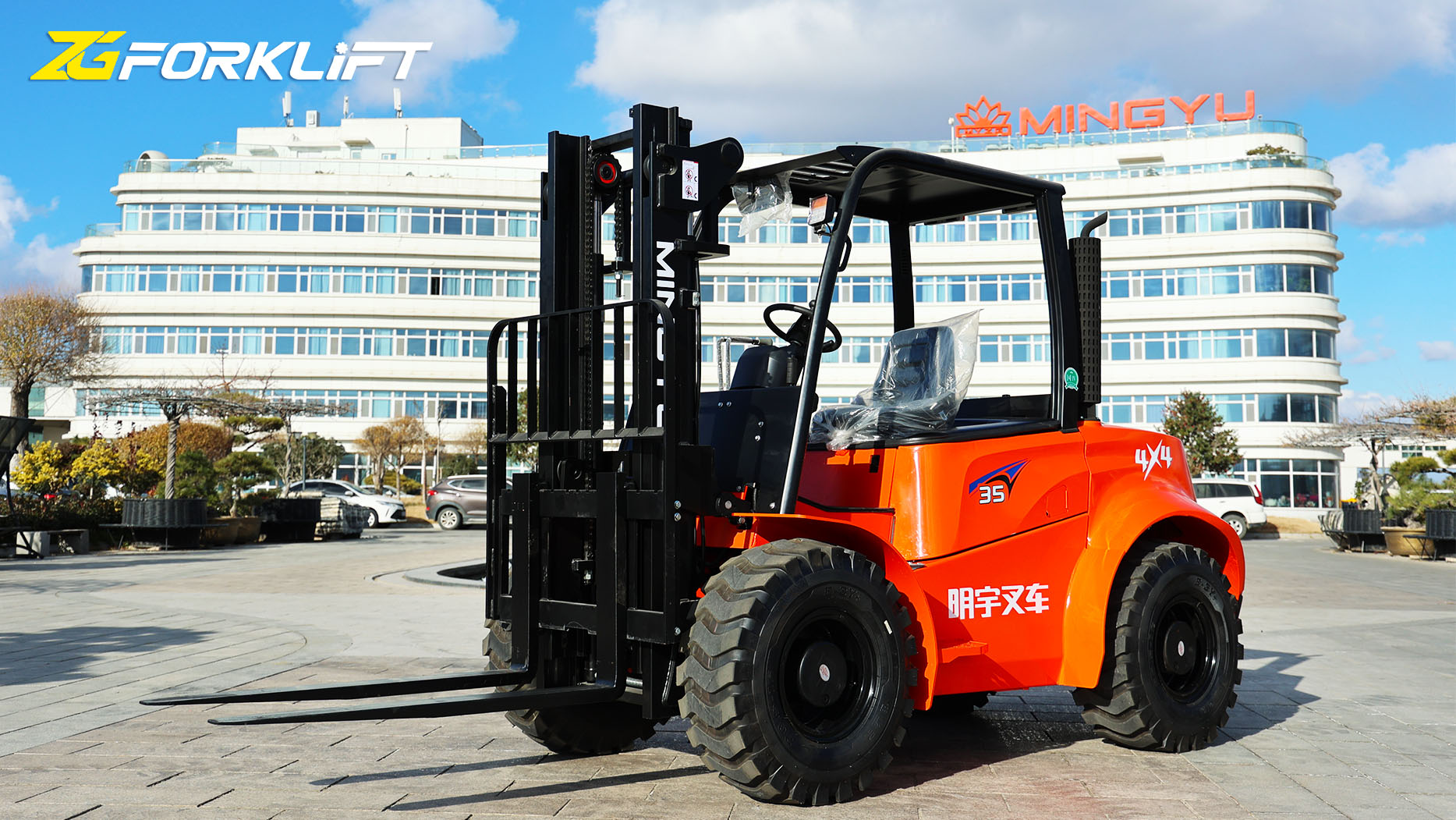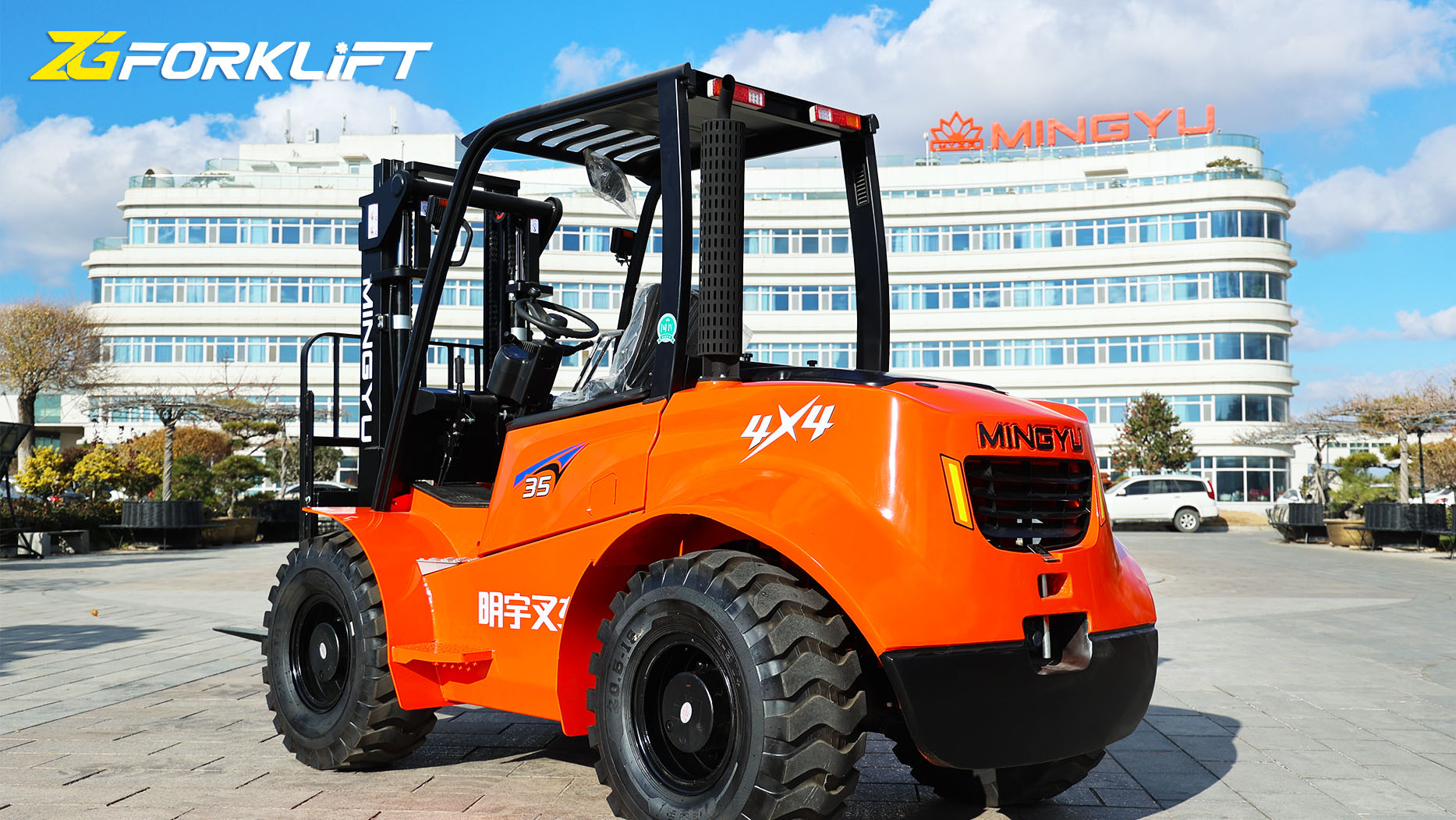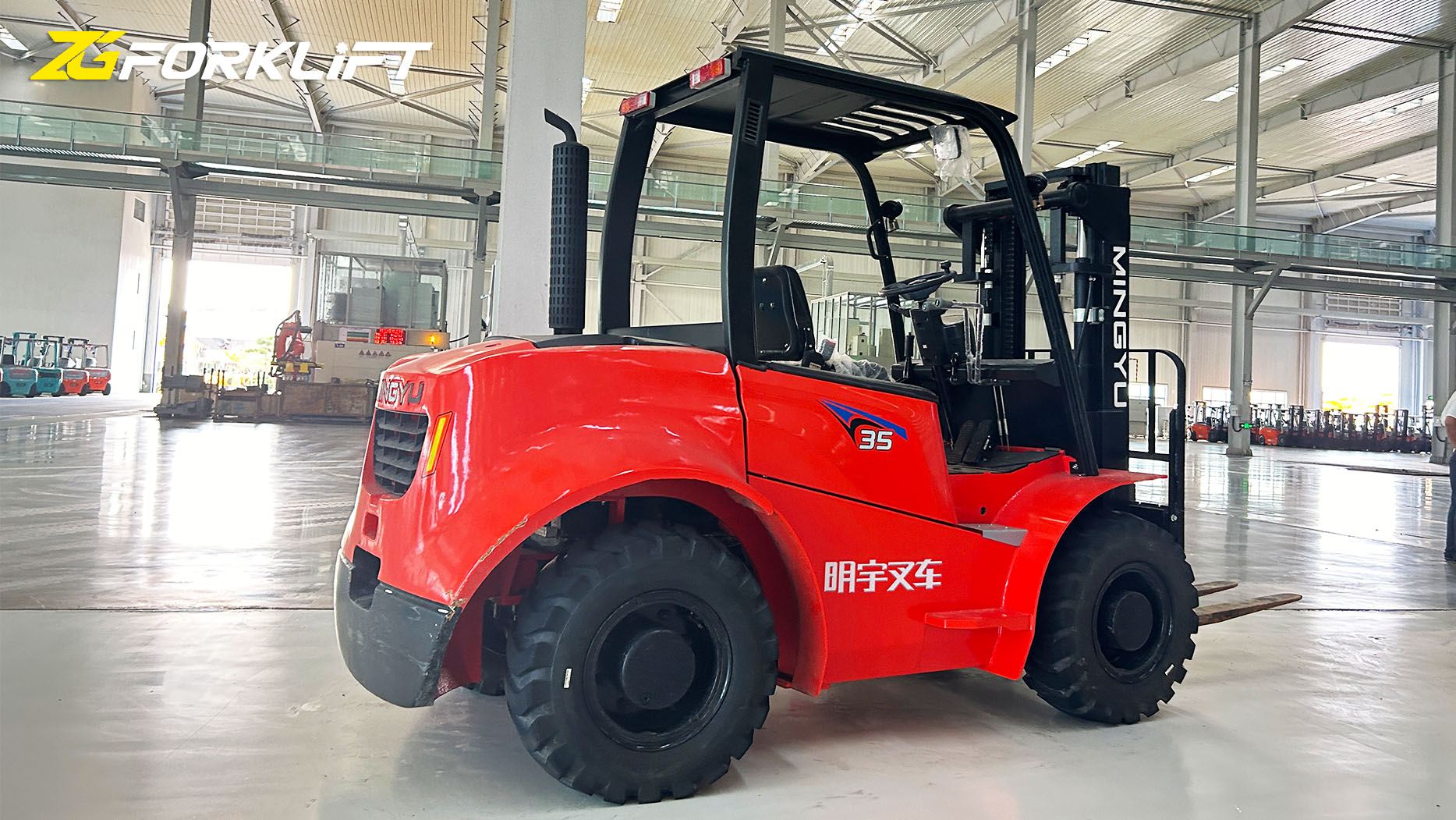What is the Difference Between Rough Terrain and All-Terrain Forklifts?
Forklifts are indispensable tools in various industries, from construction and agriculture to warehousing and logistics. However, not all forklifts are created equal. While standard warehouse forklifts excel in smooth, indoor environments, they falter in the challenging conditions presented by outdoor, uneven terrain. This is where rough terrain and all-terrain forklifts come into play. Although often used interchangeably, these two categories have distinct features and capabilities that make them suitable for different applications. This article explores the nuances of rough terrain and all-terrain forklifts, clarifying their differences and helping you choose the right machine for your needs.
Understanding the Basics:
Before diving into the specific differences, let's establish a fundamental understanding of what sets these forklifts apart. The primary distinguishing factor is their ability to navigate challenging terrains. Standard warehouse forklifts are designed for smooth, level surfaces like concrete floors. Rough terrain and all-terrain forklifts, on the other hand, are built to handle uneven ground, inclines, and obstacles encountered in outdoor environments. This capability stems from a combination of design features, including tires, chassis, and drive systems.
Rough terrain forklifts are designed to operate on extremely uneven and challenging surfaces. They are built with robust frames, large pneumatic tires with deep treads, and powerful engines to tackle tough conditions. Key characteristics of rough terrain forklifts include:
Large Pneumatic Tires: These tires provide exceptional traction and cushioning on uneven surfaces, absorbing shocks and vibrations for a smoother ride. The deep treads offer superior grip on loose gravel, mud, and other challenging materials.
High Ground Clearance: Rough terrain forklifts have increased ground clearance compared to standard forklifts, allowing them to navigate obstacles and uneven terrain without scraping the undercarriage.
Powerful Engines: These machines are equipped with powerful engines to provide the necessary torque and horsepower for climbing inclines and traversing rough terrain.
Four-Wheel Drive (4WD): Most rough terrain forklifts feature four-wheel drive to maximize traction and maneuverability in challenging conditions.
Oscillating Axles: These axles allow the wheels to maintain contact with the ground even on uneven surfaces, ensuring stability and traction.
Heavy-Duty Construction: Rough terrain forklifts are built with robust frames and components to withstand the stresses of operating in demanding environments.
All-terrain forklifts represent a middle ground between standard warehouse forklifts and rough terrain forklifts. They are designed to operate on a variety of surfaces, including paved roads, gravel, and moderately uneven terrain. While they possess some of the features of rough terrain forklifts, they are not as specialized for extremely challenging conditions. Key characteristics of all-terrain forklifts include:
Pneumatic Tires: Similar to rough terrain forklifts, all-terrain forklifts typically use pneumatic tires, although they may not be as large or have as deep treads.
Increased Ground Clearance: All-terrain forklifts offer greater ground clearance than standard warehouse forklifts, though generally less than rough terrain models.
Two-Wheel or Four-Wheel Drive: All-terrain forklifts may be equipped with either two-wheel drive or four-wheel drive, depending on the specific model and intended use.
Durable Construction: While not as heavily built as rough terrain forklifts, all-terrain forklifts are still designed for outdoor use and offer increased durability compared to standard models.
Key Differences Between Rough Terrain and All-Terrain Forklifts:
Although both types are designed for outdoor use, some key distinctions separate rough terrain and all-terrain forklifts:
Terrain Capability: Rough terrain forklifts are engineered for the most extreme conditions, including deep mud, rocky terrain, and steep inclines. All-terrain forklifts are suitable for a wider range of surfaces but are not designed for the same level of extreme conditions.
Tire Size and Type: Rough terrain forklifts typically have larger diameter tires with deeper treads compared to all-terrain forklifts. This provides superior traction and cushioning on highly uneven surfaces.
Ground Clearance: Rough terrain forklifts have significantly higher ground clearance than all-terrain forklifts, enabling them to clear larger obstacles and navigate more challenging terrain.
Drive System: While most rough terrain forklifts are four-wheel drive, all-terrain forklifts may be either two-wheel drive or four-wheel drive.
Construction: Rough terrain forklifts are generally built with heavier-duty components and frames to withstand the stresses of extreme operating conditions.
Applications:
The specific applications of rough terrain and all-terrain forklifts are dictated by their capabilities and design:
Rough Terrain Forklifts:
Construction sites: Moving materials, lifting equipment, and navigating challenging terrain.
Agriculture: Handling crops, transporting equipment, and working in fields with uneven surfaces.
Mining: Moving materials and equipment in demanding mining environments.
Forestry: Handling logs and timber in remote and rugged terrain.
All-Terrain Forklifts:
Landscaping: Moving materials, planting trees, and working on uneven terrain.
Nurseries: Handling plants, moving pots, and navigating outdoor areas.
Construction (light duty): Moving materials on sites with moderately uneven terrain.
Warehousing (outdoor): Loading/unloading trucks and moving goods in outdoor storage areas.
Choosing the Right Forklift:
Selecting the appropriate forklift depends on the specific needs of your application. Consider the following factors:
Terrain Conditions: Assess the type and severity of the terrain where the forklift will be operating.
Load Capacity: Determine the weight and size of the loads to be handled.
Lift Height: Determine the maximum height to which the loads need to be lifted.
Duty Cycle: Consider the frequency and intensity of use.
Operating Environment: Factor in weather conditions and any specific challenges presented by the environment.
Budget: Evaluate the initial purchase cost as well as ongoing maintenance and operating expenses.
Conclusion:
While the terms are often used interchangeably, rough terrain and all-terrain forklifts serve distinct purposes. Rough terrain forklifts are built for the most demanding environments, featuring robust construction, large tires, and four-wheel drive. All-terrain forklifts offer a balance of on-road and off-road capabilities, suitable for a wider range of surfaces. By understanding the key differences between these two types of forklifts, businesses can choose the right machine to optimize their operations and ensure safe and efficient material handling in challenging outdoor environments. Careful consideration of terrain conditions, load capacity, duty cycle, and budget will ultimately guide the decision-making process and ensure the selection of the most appropriate forklift for the job.
Post time:Feb.05.2025



